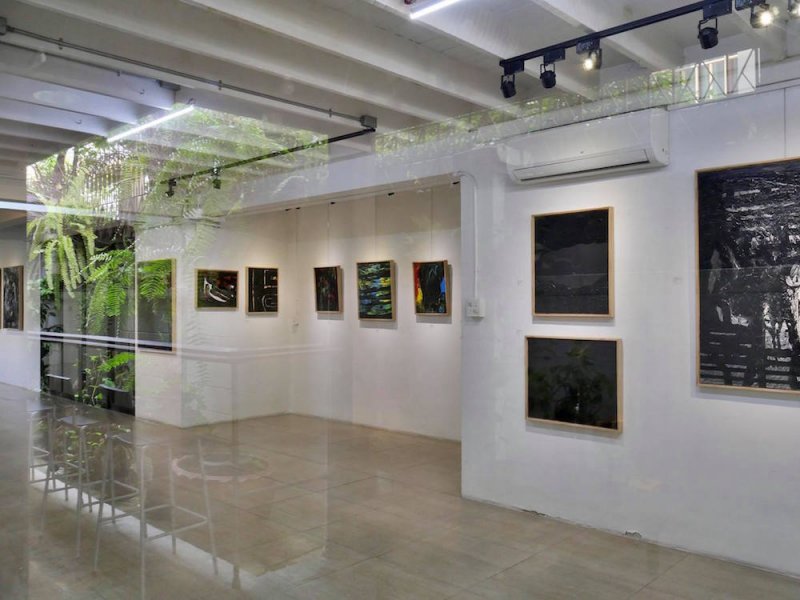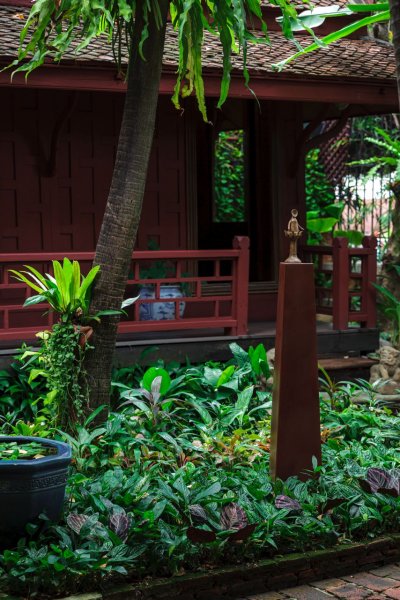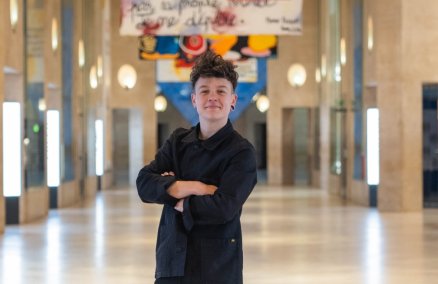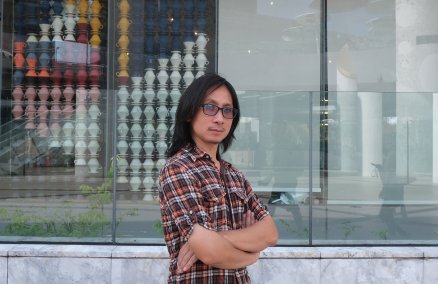No one was prepared to deal with the crisis brought on by Covid-19. That includes the art industry. Globally, artists and galleries often rely on festivals, exhibitions, concerts, and other events to stay afloat. When Bangkok’s art scene went dark during its several pandemic lockdowns, the city’s art scene found itself facing an uncertain new reality.
Image credit: Aurum Gallery
Many struggled to make it, but some managed to successfully adapt on the fly by turning to online platforms and rethinking their strategies.
While some of the gallery owners we spoke to felt that going virtual was little more than a stopgap, some, like Clifford Joseph Price, the artist better known as
Goldie, who now runs Aurum Gallery at Warehouse 30, have found a silver lining in the online world.
“Being a gallery partner on Artsy.net has... allowed us to get our work out there on an international level. We’ve been quite successful with it,” says Goldie.
And there has been another net positive for artists, gallery owners, and patrons alike: many people have changed their perspectives of art because of the crisis.
According to Goldie, the public has discovered a newfound appreciation for art’s role in boosting mental health, as people started turning to art for comfort and saw it as a therapeutic tool during the worst of times.
“I think the pandemic has reignited people’s love of creative arts, probably mostly due to having had that taken away for a period of time,” he says.
Even so, going virtual has been hard on many galleries. In Bangkok, some called it quits or temporarily closed their doors. Even if art exhibitions have made a comeback this month, they’re limited, and curators are still trying to drive interest in mostly unpopular digital events.
Image credit: Kalwit Studio and Gallery
Kit Chirachaisakul, the owner of Kalwit Studio and Gallery, says he had no choice but to offer virtual exhibitions, but those didn’t necessarily generate much for the gallery.
“The number of visitors has reduced and revenue is going down,” he says. “Artists and organizers feel [as if they are] wasting time on planning [these] events.”
Kit also feels that Thai culture isn’t equipped to support the arts through a crisis like this. Art is often seen as a luxury, he notes. “Thai people support only famous artists,” he says. ‘The new generation of artists do not get the recognition they deserve.”
To propel the Thai art industry forward, Kit believes that we need more support not just in terms of artistic creativity, but also from public or private funding. Especially as tourism, a driver of revenue for basically all industries in Thailand is unlikely to return to peak levels for years.
Image credit: Jim Thompson House
That means the future of tourism-dependent art centers like the Bangkok Art and Culture Center (BACC) and Jim Thompson House is uncertain.
Jim Thompson House’s art director Gridthiya Gaweewong says they are trying to survive by engaging with the community through independent projects and online collaborations with foreign galleries, like Hong Gah Art Museum in Taipei.
Gridthiya emphasizes that it will take Thailand a long time to reach a point where we would have a funding body that supports the arts. “The state needs to create a body to subsidize art if [Thailand wants] to have soft power,” says Gridthiya. “What we really need is a change in taxation and our legal issues. We need a special entity who takes care of it. It’s ridiculous that people talk about soft power without talking about democracy and freedom of expression.”
Gridthiya suggests that we should adopt non-profit laws like in the United States, where anyone who donates to a non-profit art organization gets their taxes reduced in return. “This is how we can encourage people to fund art galleries and spaces,” she says.
Image credit: Aurum Gallery
Goldie agrees, although he highlights the role of private industry in helping Thailand’s art scene unlock its true potential.
“Thailand has 20 or 30 leading companies that have various ways they can work with and support artists—through private commissions, funding, projects,” he says. “Getting suitable companies to work with artists is key. The old models don’t work anymore.”



















